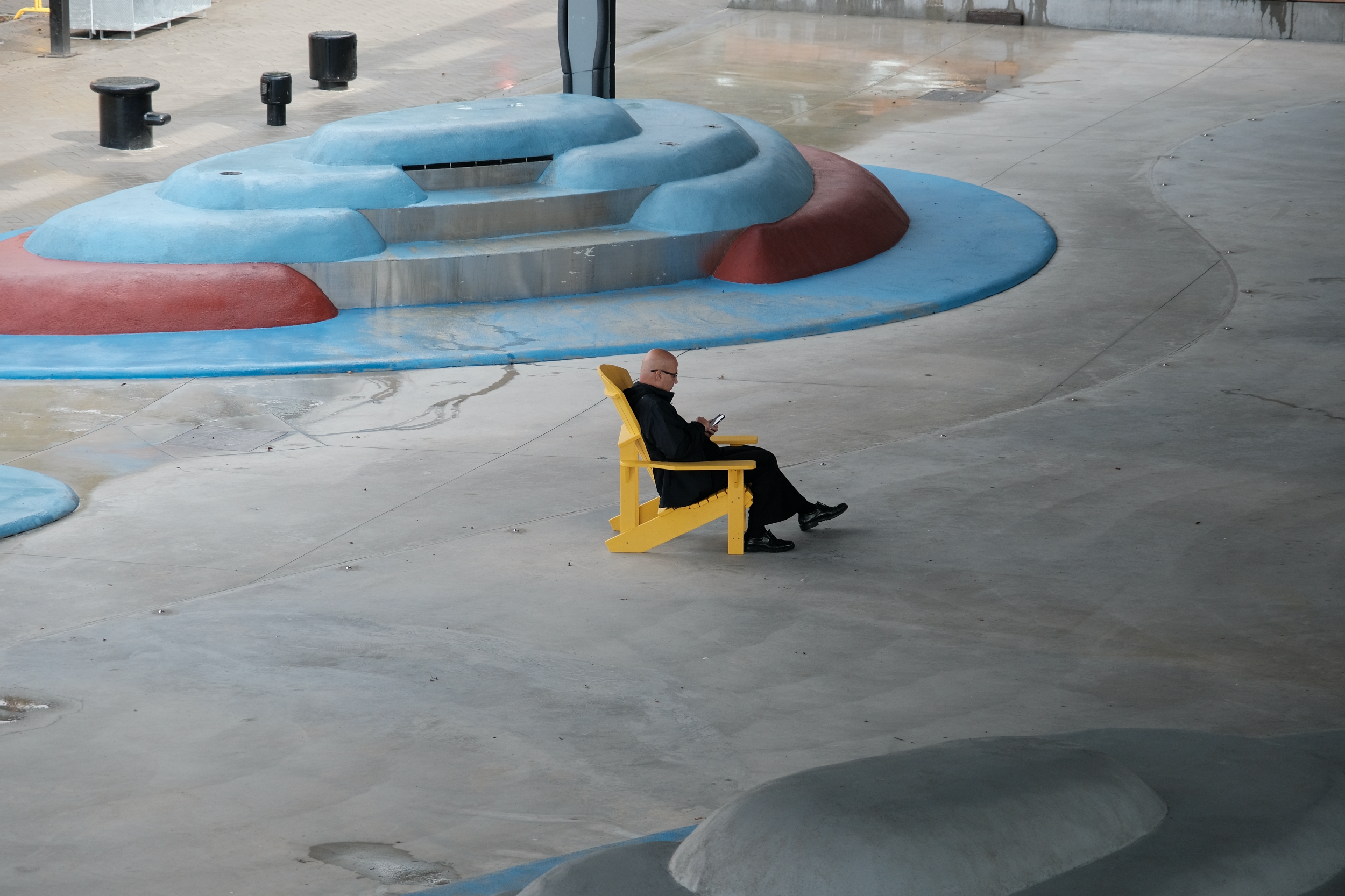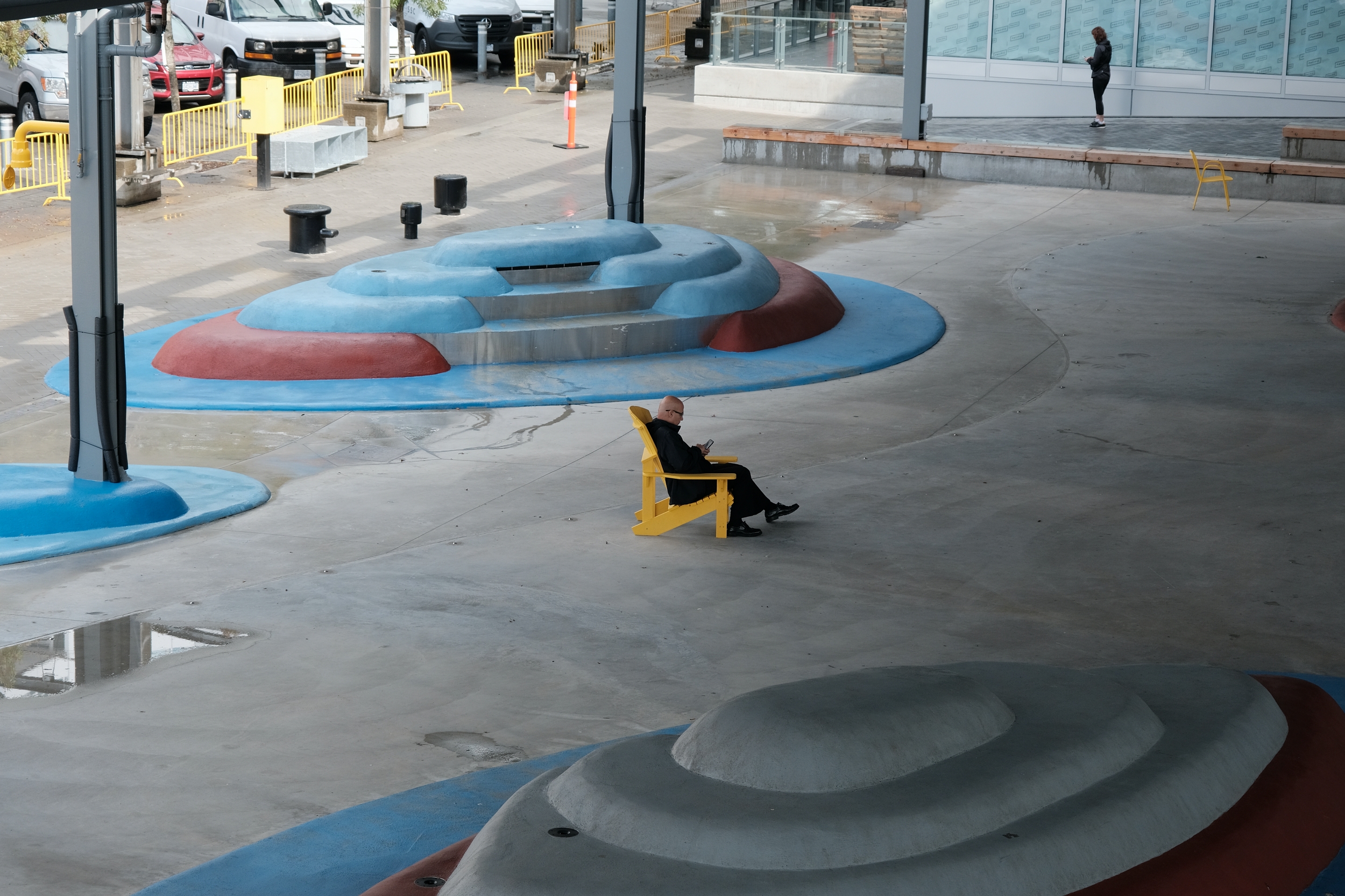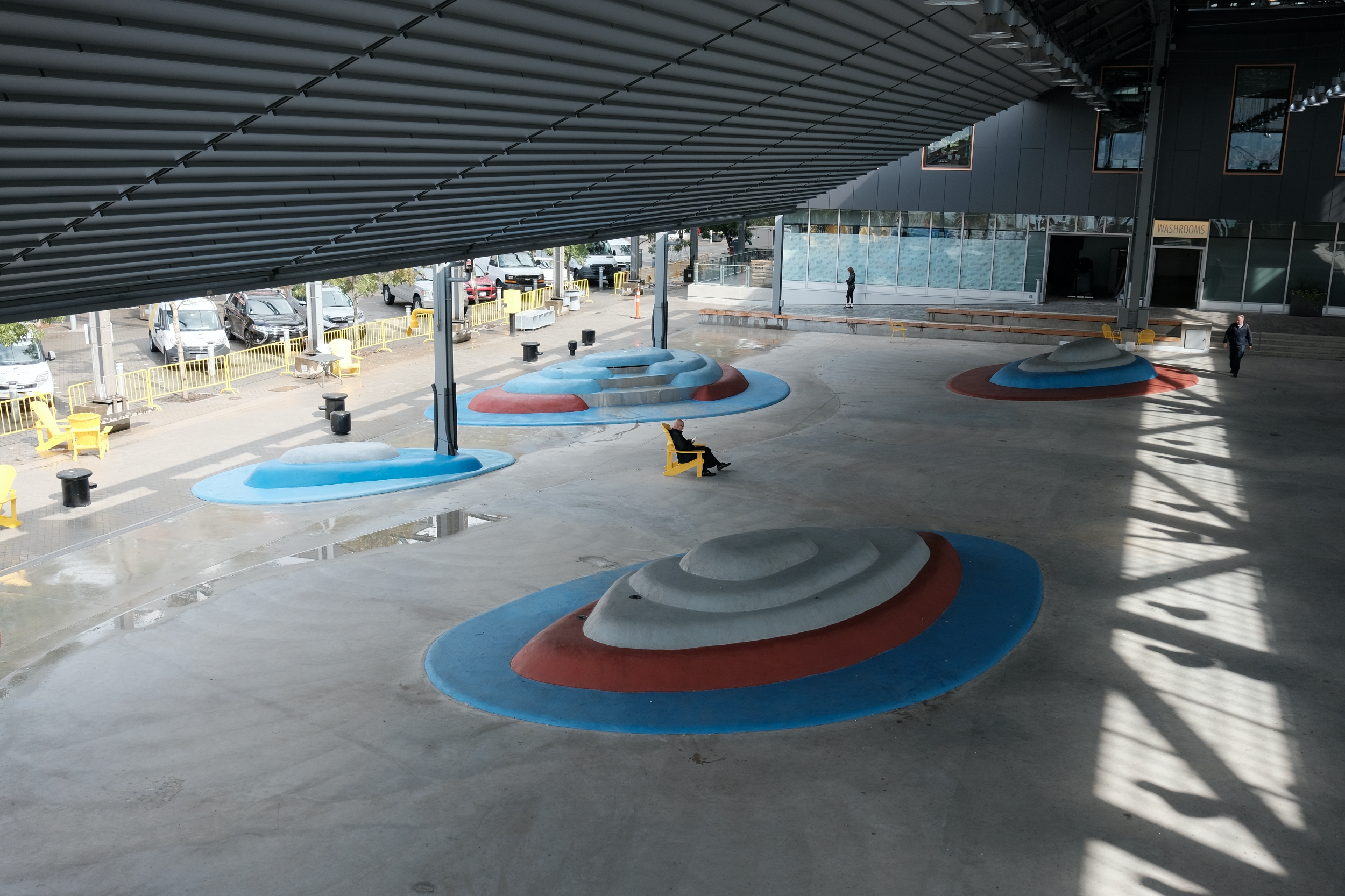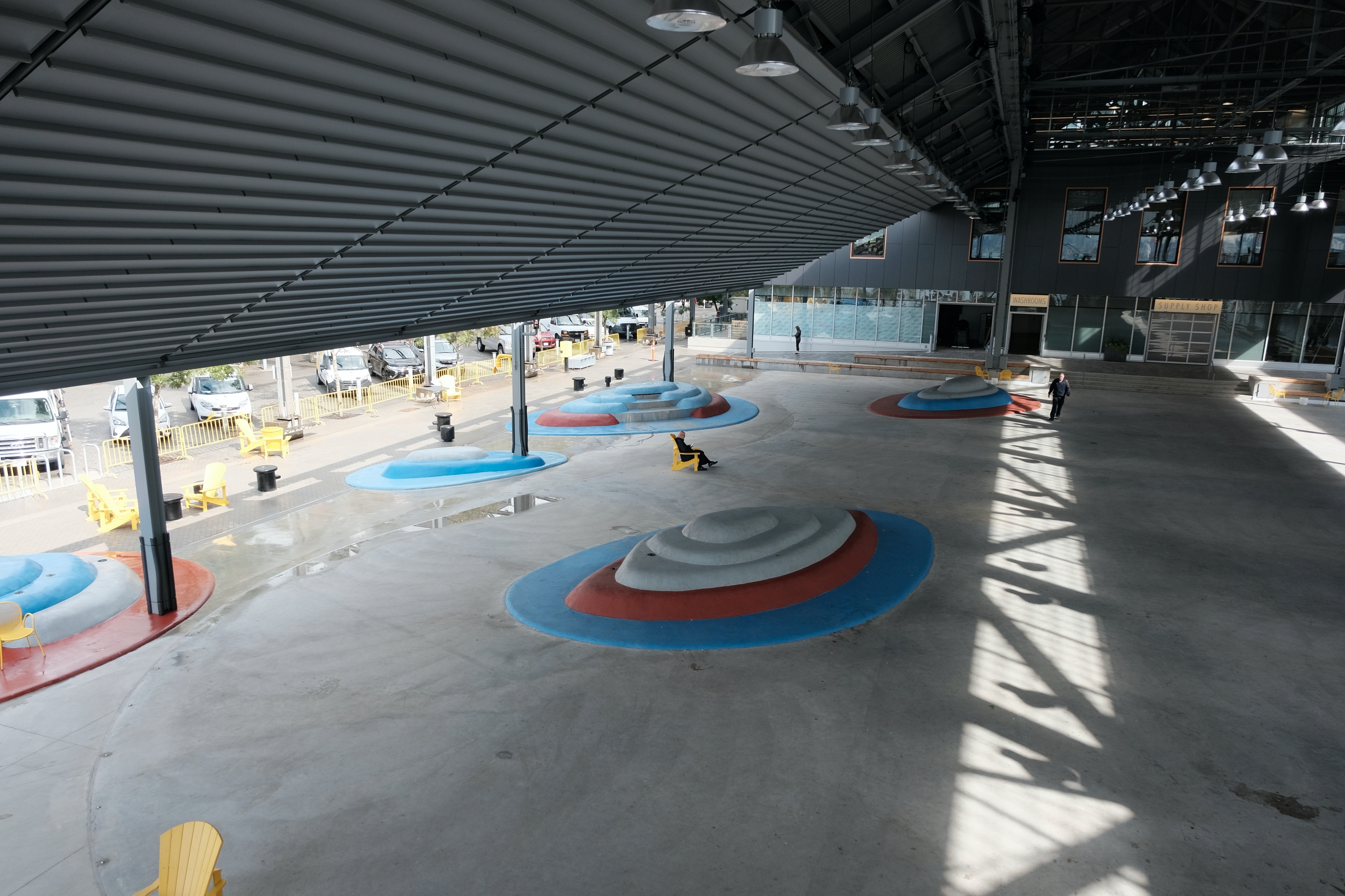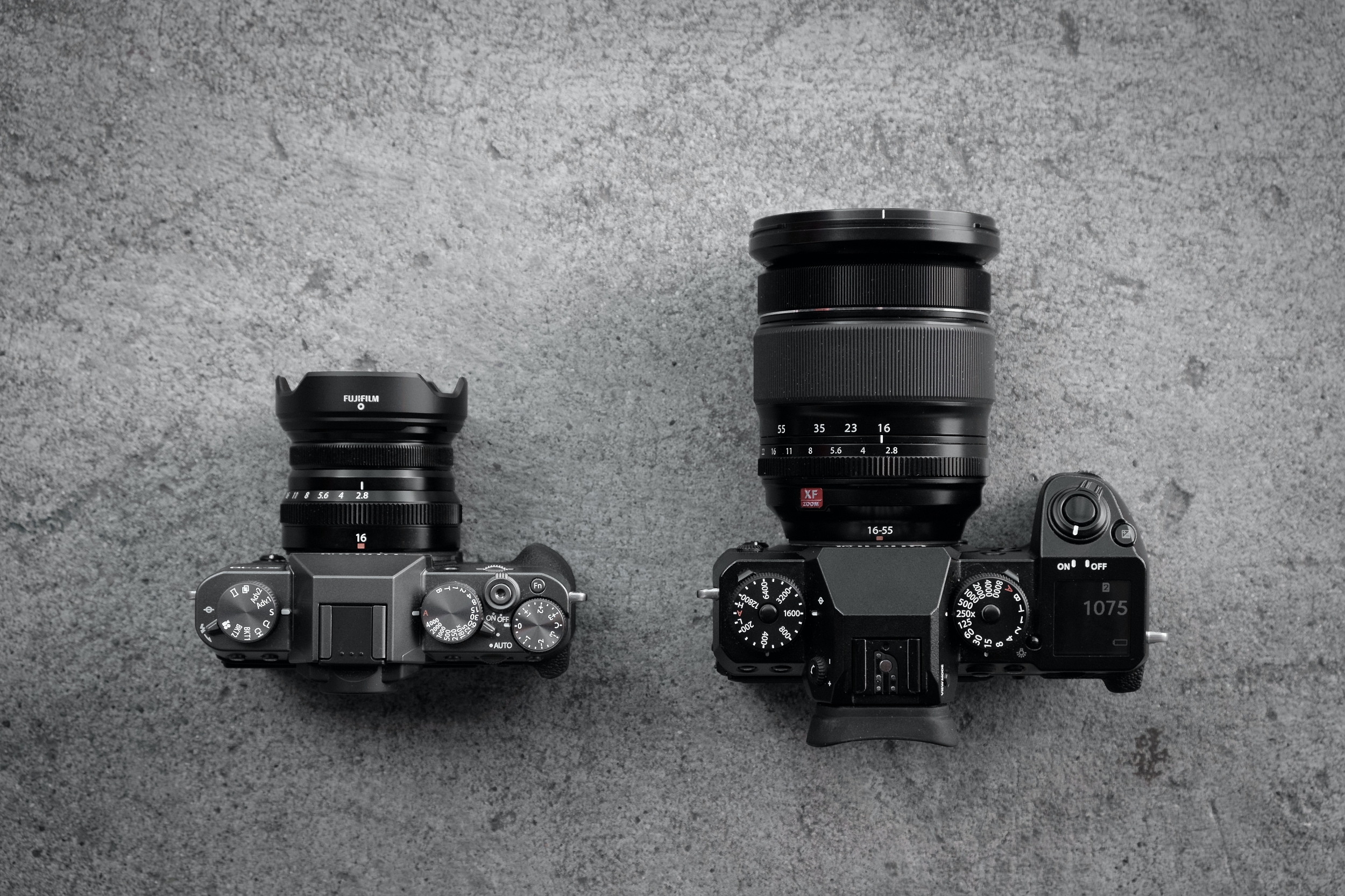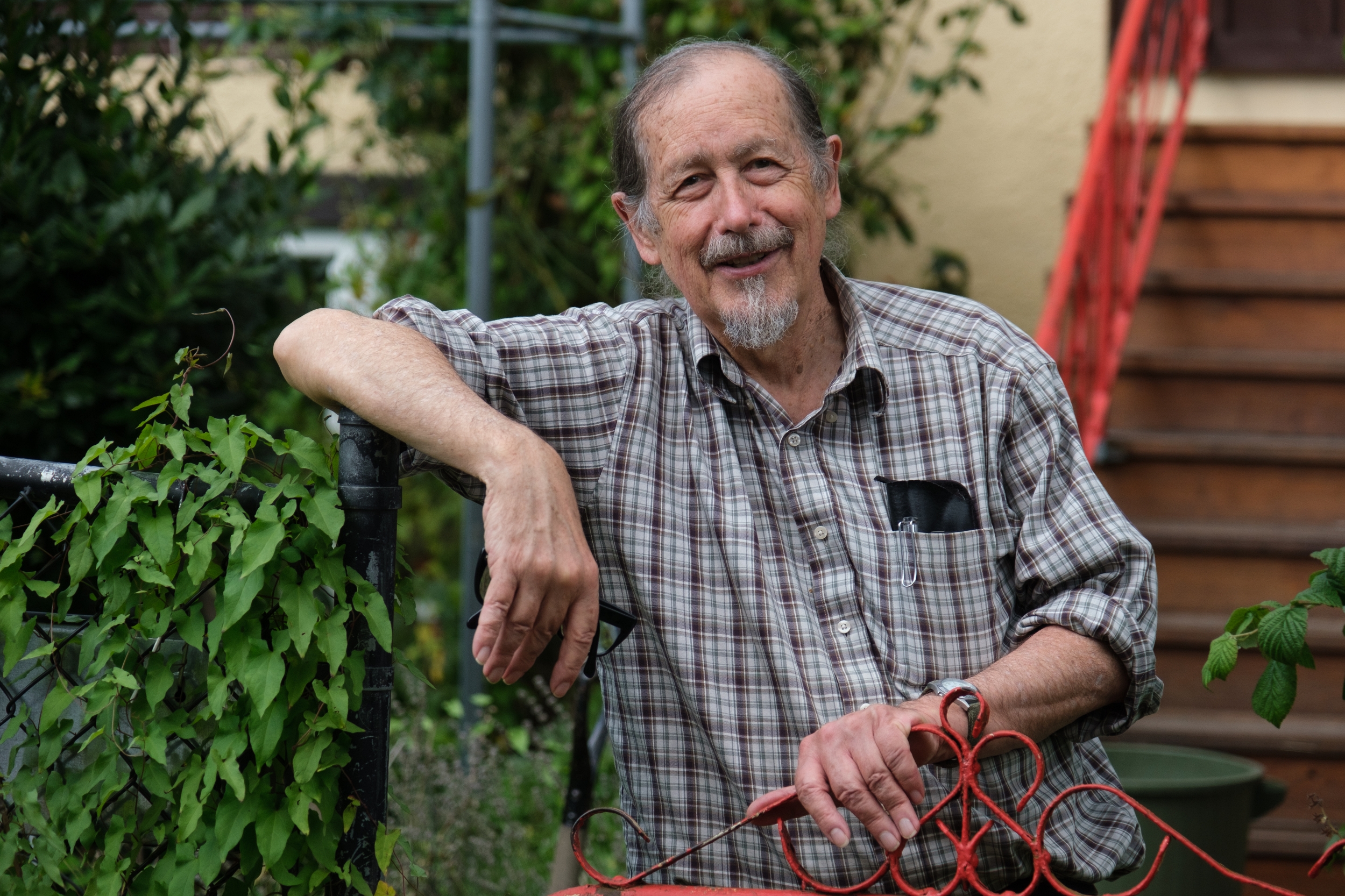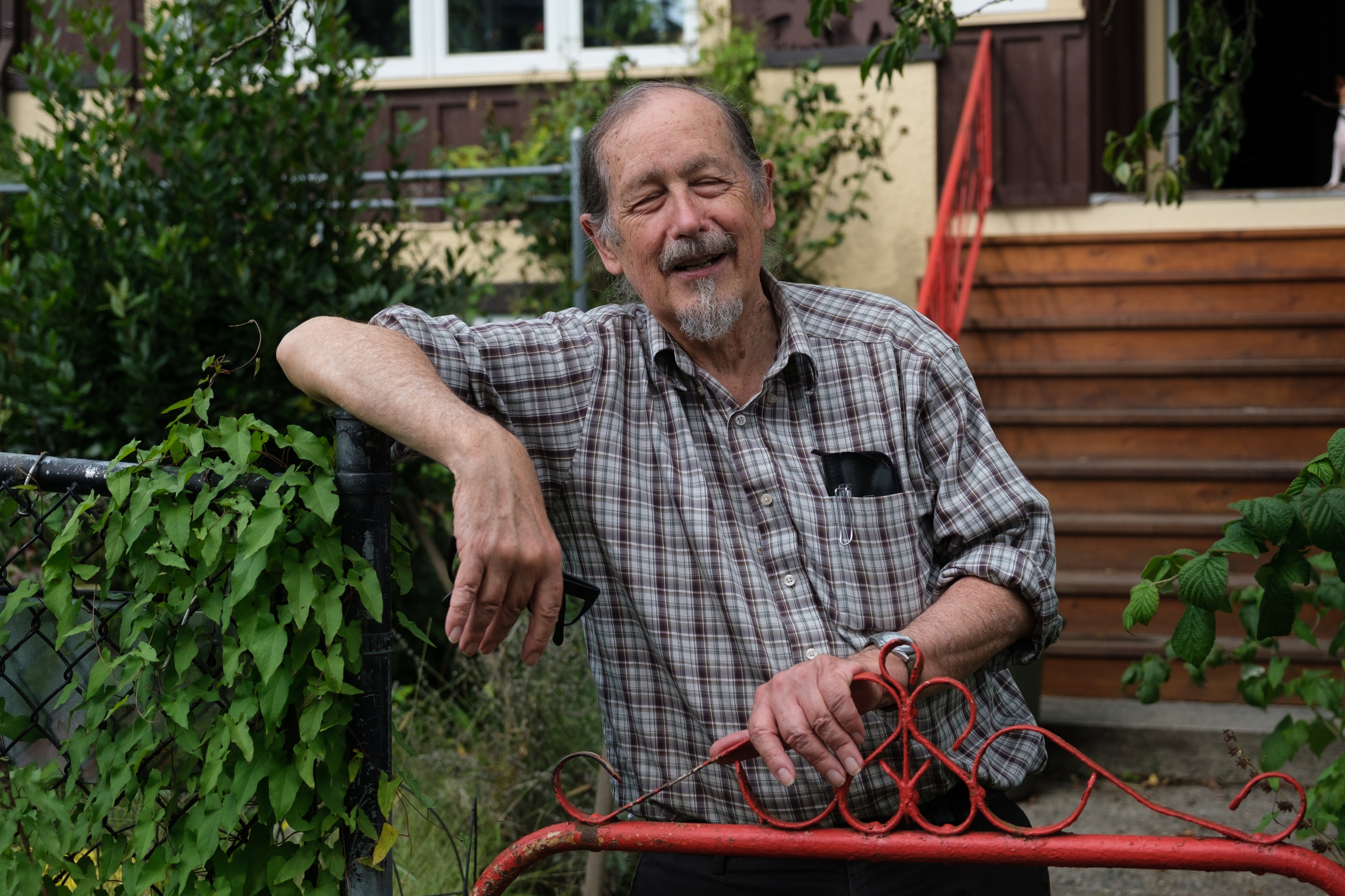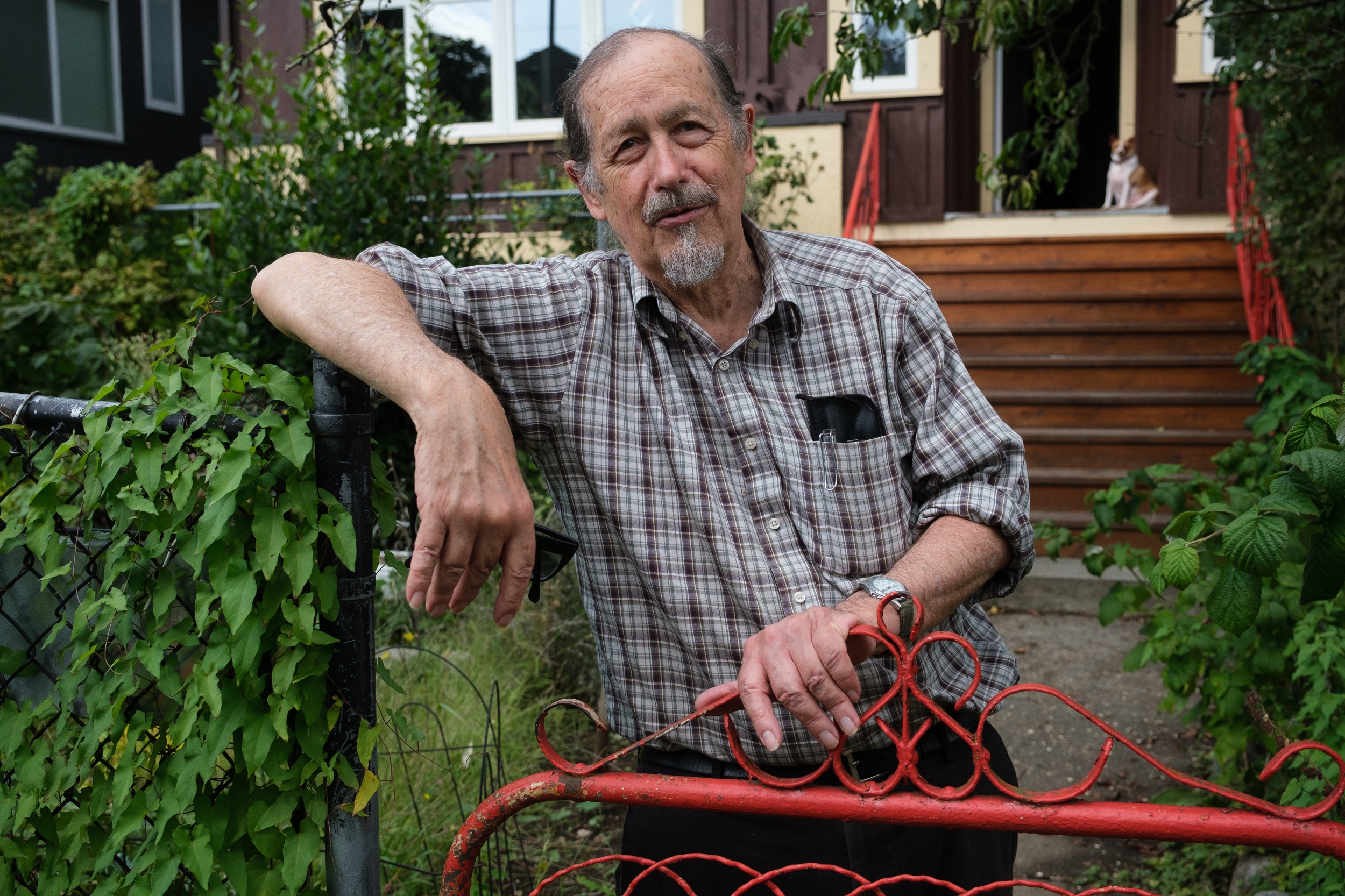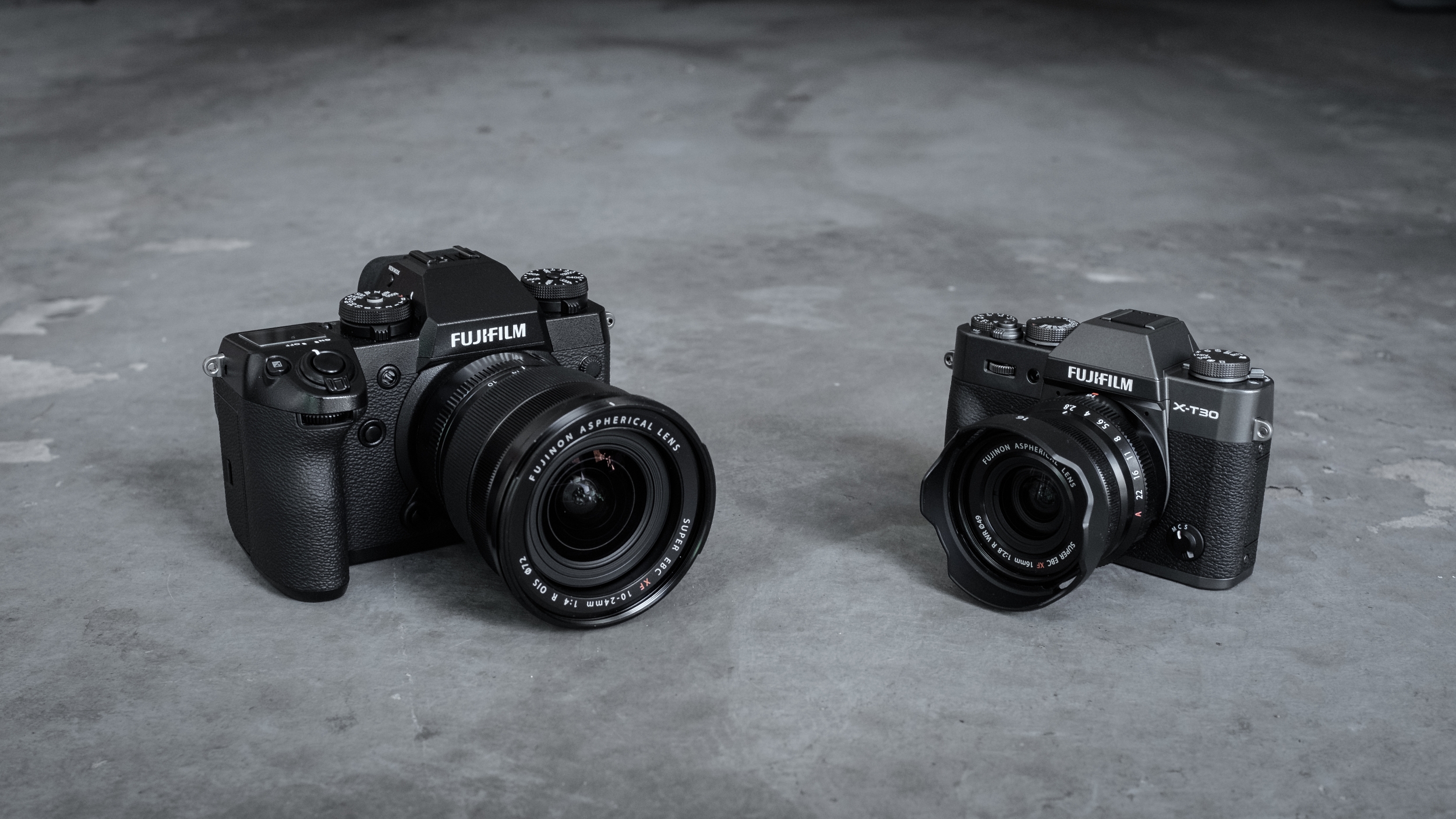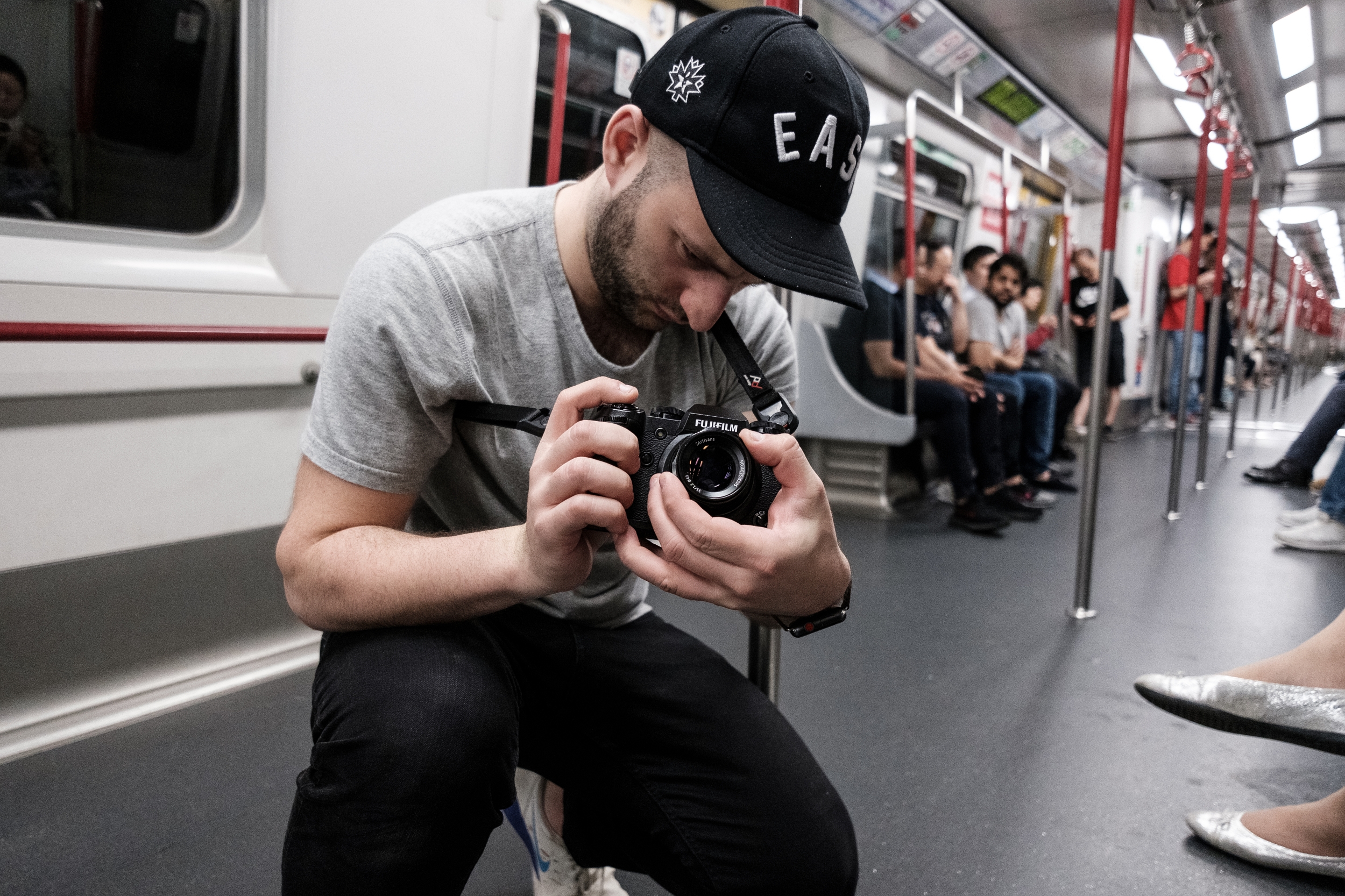To zoom, or not to zoom, that is the question. I revisit this topic frequently because I get asked this question repeatedly. For many newcomers to interchangeable lens camera systems, it seems logical to categorize lenses into these two groups: primes and zooms. After learning on the kit zoom lens, many wonder if they should upgrade to a pro-level zoom or buy a fast prime lens instead. Some argue that prime lenses will help us become better photographers, while others claim ‘real’ professional photographers use fast zooms. Both statements are partially true; however there’s more to it than just gear selection. On the most basic level, using a zoom lens will help most photographers become more productive, while using a prime lens will help us fine-tune our photographic style.
Let’s first look at the benefits of shooting with a zoom lens. My current zoom acquisition is the new XF 16-80mm f/4 R OIS WR. This single zoom lens covers 9 prime focal lengths within the Fujifilm ecosystem: 16mm, 18mm, 23mm, 27mm, 35mm, 50mm, 56mm, 60mm, 80mm. No matter where I am or what I’m doing, I can capture wide landscapes to tight headshots and everything in between with a single lens. It’s the Swiss Army knife of lenses. Especially if I’m on the run or in inclement weather, switching between different prime lenses can be a matter of being able to get the photo or not. This is why a zoom lens allows the photographer to be more productive, and why many professional photographers prefer zooms. A zoom lens doesn’t make them better photographers per se; but for certain genres of professional work -weddings, events, photo journalism- being able to get the shot is the priority.
There are disadvantages to using a zoom lens as well. Most zoom lenses will be bigger and heavier than a prime lens within that zoom range. If you like to travel light and compact or want to be more discreet with your equipment, some zoom lenses will be out of the question. The XF 16-55mm f/2.8 R WR is an amazing lens, but I would never use it for street photography. Another issue I have with zoom lenses, specifically with all Fujifilm zoom lenses, is that they are varifocal in design (versus parfocal). This means that the focus point shifts when you zoom, unlike many DSLR zoom lenses which are often parfocal in design (you can zoom in, manually focus, and then zoom back out and the image will still be in focus). Yes Fujifilm compensates for this via focus-by-wire, but when zooming in and then back out quickly, the shift in focus can be irritating, especially for videographers.
The biggest drawback in using a zoom lens is more about user error than the lens itself. For many beginner photographers, they use the zoom lens as a cropping tool instead of a perspective control tool. Instead of using their feet to come closer to their subject or take a few steps back to maintain a specific perspective; a beginner often stands in the same position and zooms in and out until they get the framing they want. This is incorrect. There is a huge difference in taking a portrait of someone’s face at 16mm versus 80mm, not only because of perspective distortion, but also their relationship with the background and foreground of the image. You can definitely take 16mm portraits if that’s the look you’re going for; but understanding where you stand in relationship to your subject and background/foreground is often lost when using a zoom lens. This is where the advantage goes to using prime lenses.
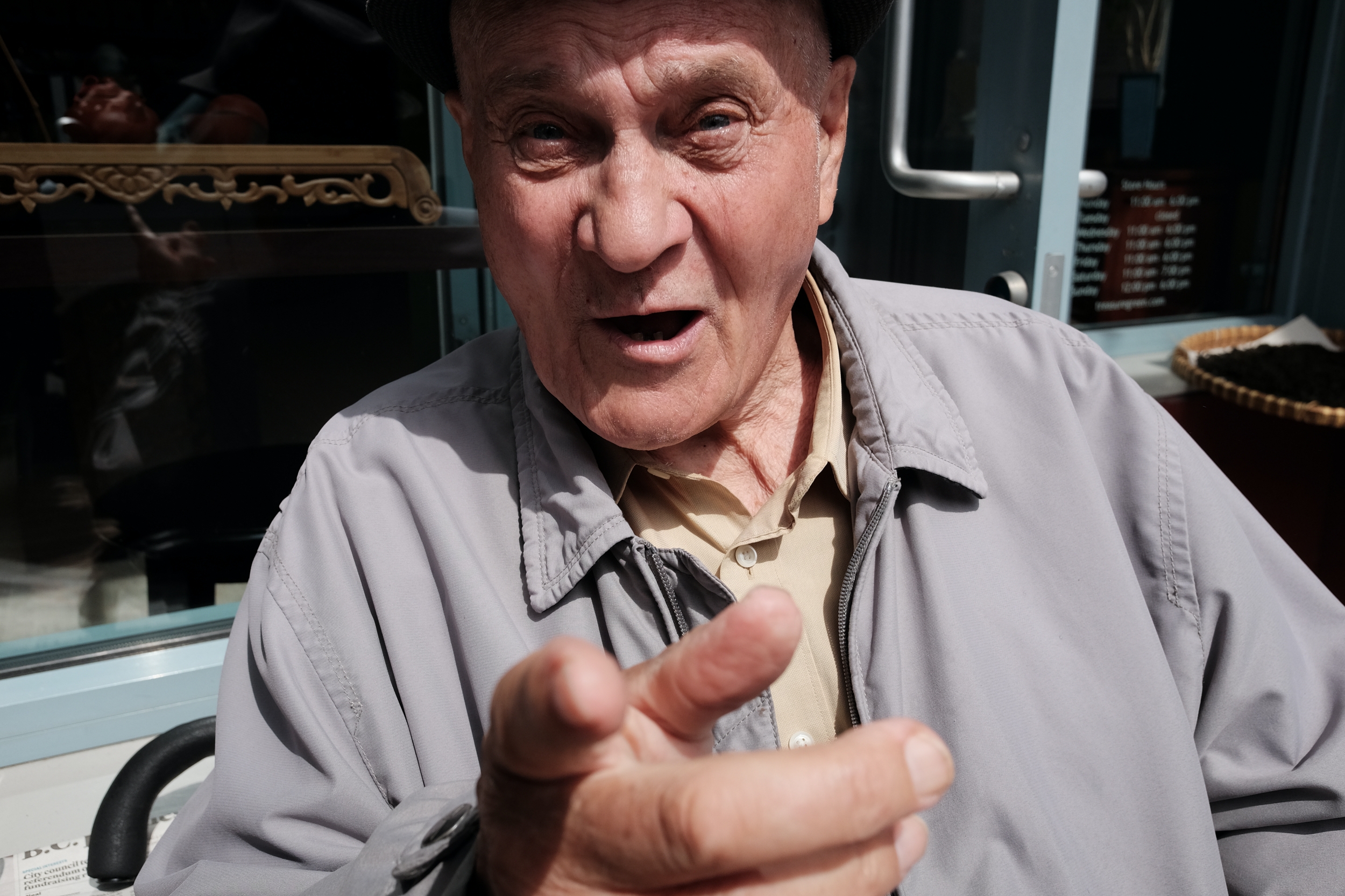
Fujifilm X70 at 18mm. You can use wide angle lenses for environmental portraiture. Chinatown local Donald.
What are the benefits of using a prime lens? Most prime lenses are smaller, lighter and faster than a zoom lens within that focal range. My favourite prime lenses from Fujifilm are the ‘Fujicrons’. These lenses are all weather-sealed, fast and quiet focusing, light, compact and reasonably priced. When I don’t want to feel the weight of a camera system around my neck I always grab for one of my Fujicron lenses and a smaller body. My favourite compact and light combination is the X-E3 with the XF 23mmm f/2 R WR.
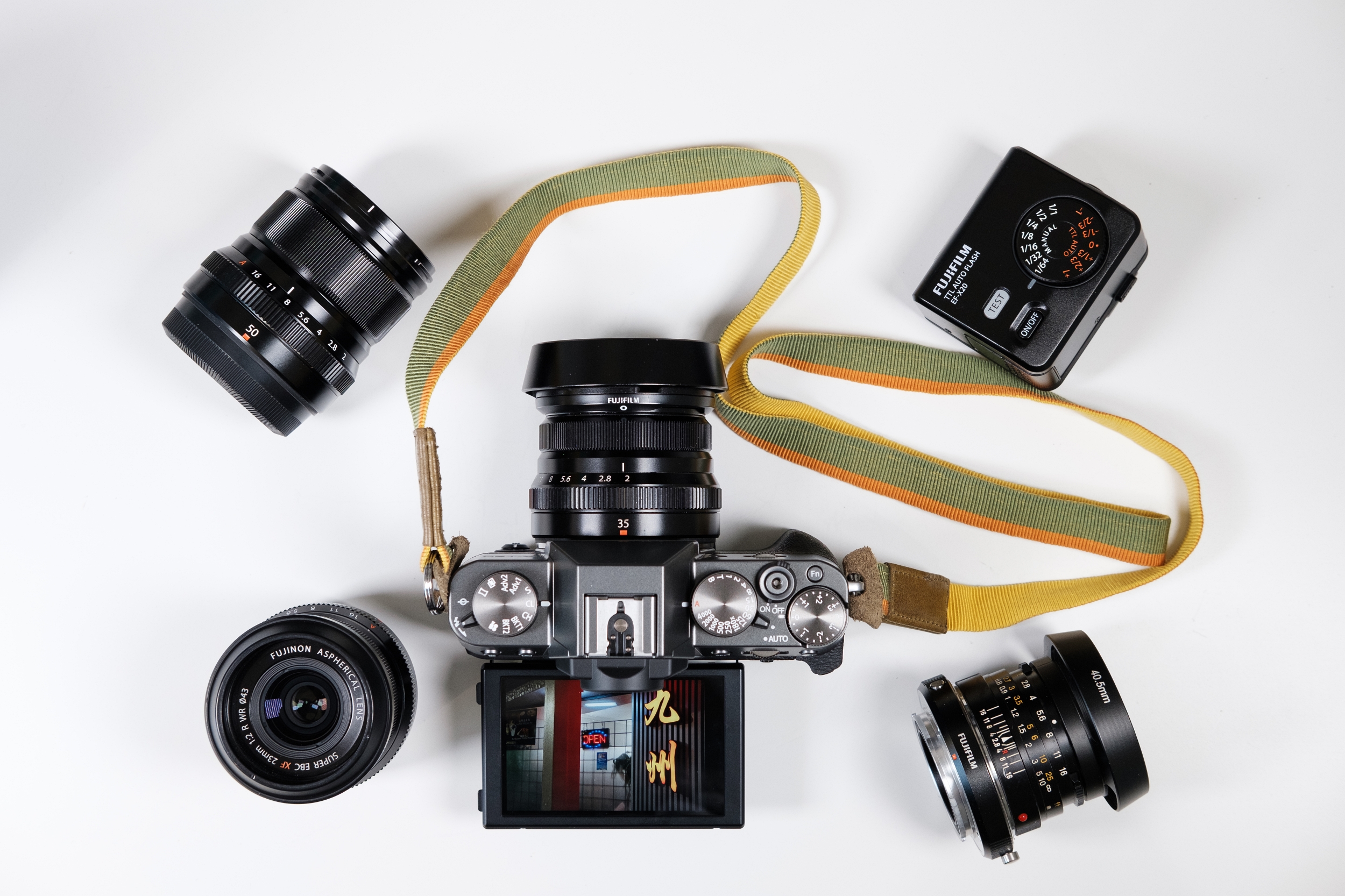
Fujifilm X-T30 + The Fujicrons: XF23mm f/2, XF35mm f/2, XF50mm f/2 + M to X-Mount adapter with 40mm M-Rokkor
When you’re accustomed to shooting with a zoom lens, it may take time to get use to the nuances of a prime lens. Other than noticing the shallower depth of field (aka ‘bokeh’) you also realize you have to move your feet more. Because you can’t just ‘zoom in’ to your subject, you have to walk closer to your subject. Depending on which lens you have, you also get to see how your perspective changes when you move closer or further away from your subject. Your perspective does not change when zooming into your subject since the distance between you, your subject and the background does not change.
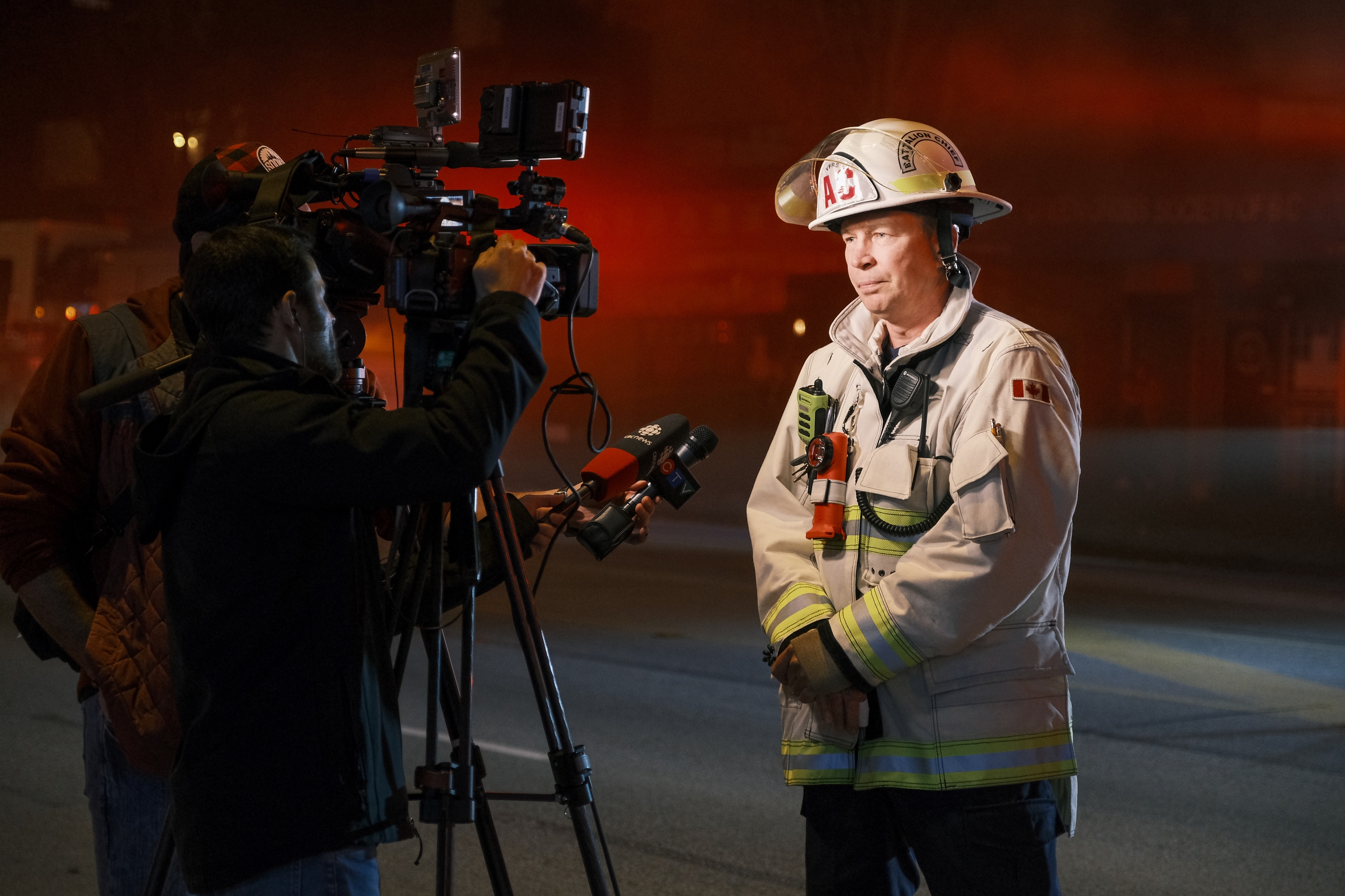
Fujifilm X-Pro3 + XF16-55mm f/2.8. Having a zoom lens allowed me to zoom into this photograph, since I was standing behind a safety barrier. Zooms are useful in many situations.
There are disadvantages to using primes of course. You tend to miss more images, especially if your prime lens is on either extremes of the focal range (XF14mm or XF200mm). This is especially true if you are in a stationary position and are unable to mover closer or further away from your subject. I remember once I was testing a 300mm lens when I ran into a celebrity and wanted to take their portrait. He was patient enough to pose for me as I ran back 30 feet to get the shot, but I was quite embarrassed. This makes a prime lens less versatile for specific types of photography, such as wedding or event photography. Not that a specific prime lens isn’t useful for weddings (XF56mm f/1.2 is popular for wedding portraiture); but for certain styles of photography prime lenses are more difficult to work with. There is a matter of cost as well. Although a single prime lens is often cheaper than a zoom lens within that focal range, buying every prime lens within that zoom range becomes more expensive. As previously mentioned, there are 9 prime lenses within the XF 16-80mm zoom range. Besides the cost of buying all 9 lenses, imagine the amount of space and weight to carry around all those lenses?
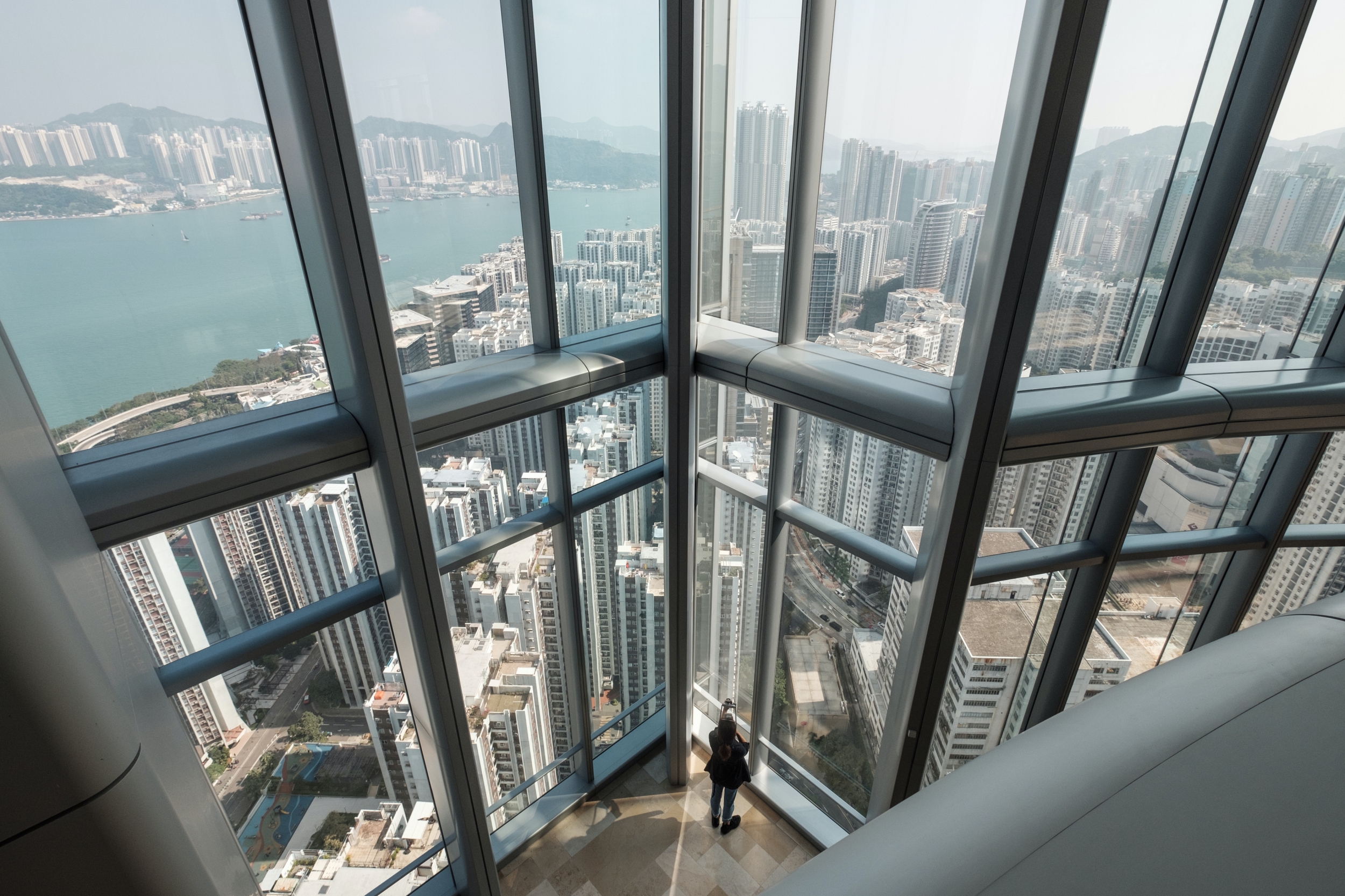
Fujifilm X-T2 + XF10-24mm f/4 @ 10mm. I love wide angle photography. One Island East Building, Quarry Bay, Hong Kong
The key to choosing the right prime lens is to first figure out what type of photography you’re interested in. I’ve had people ask me if they should buy the XF16mm f/1.4 or XF56mm f/1.2. It’s like asking if they should buy a Miata or a Jeep since they’re both convertibles. If you don’t know what you want to photograph, there’s no way of knowing what lens you should buy. A zoom lens can help a beginner experiment with various focal lengths as a learning tool; but committing yourself to a prime lens without knowing your own style is a mistake. Most prime lens photographers can tell you right away which lens they used based on the specific ‘look’ of the image. What they’re seeing is the perspective, the relationship between them, the subject and background/foreground. The more telephoto the lens, the closer the background looks to the subject. The wider the lens, the further away the background looks to their subject (assuming the subject is about the same size in the image). Many new photographers who use zoom lenses don’t understand this and won’t be able to tell you what focal length they used to capture their images except maybe on either end of the zoom range.
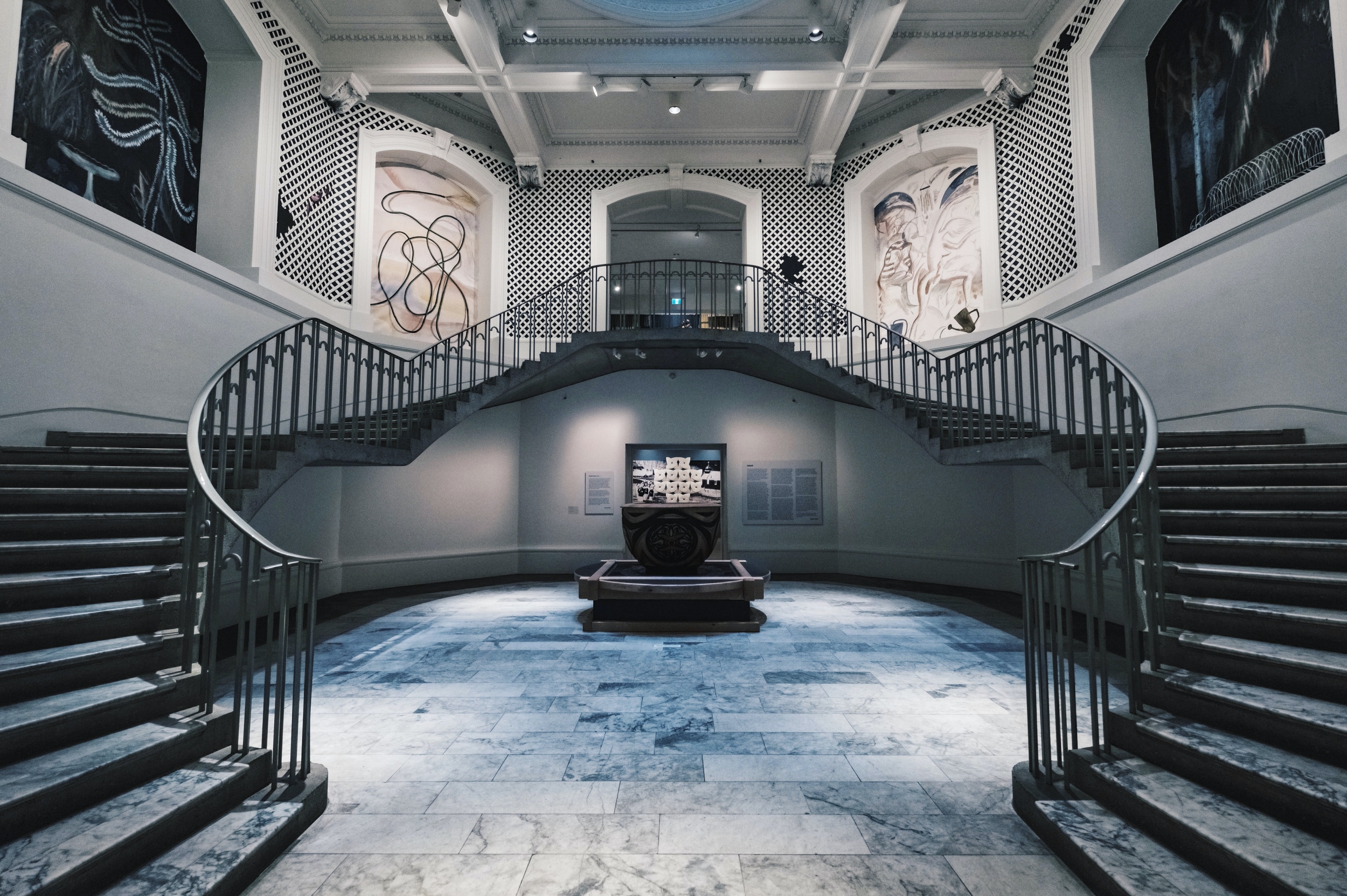
Fujifilm X-T2 + XF10-24mm @ 10mm. Interior and architectural photography works well with wide angle primes and zoom lenses. Vancouver Art Gallery
In conclusion, the advice I give most beginner photographers is to start with a zoom lens. If you don’t know what you want to photograph or what your photographic look or style will be, having a zoom lens allows you to have multiple focal lengths in a single lens to experiment with. My advice when using a zoom lens is to never use it as a cropping tool. Use your feet to move closer or further away from your subject at a fixed focal length, and then change to a different focal length and move back and forth again. Take at least 3 images at each focal length and at different distances. Without looking at which focal length you used, pick which image you consistently prefer. You may be surprised which focal length feels like home for you. I tend to prefer wide angle images for both my street and portrait work, between 14mm to 18mm. Once you figure out which focal lengths work with your own photography, stick with it and develop it further.
Neither a prime nor a zoom lens will make you a better photographer. Both types of lenses are just tools that photographers use to capture the images they envision. Zoom lenses are convenient and efficient, and will allow you to become a more productive photographer, especially in specific settings. Prime lenses have limits, but it’s precisely these limits that allow you to ‘see’ one focal length at a time, helping you to create a distinct photographic style over time. Most modern photographers use a combination of zooms and primes, depending on what they are photographing. As a hybrid shooter (stills and videos) I need the convenience of a zoom lens for most of my projects. However, there are other times where I challenge myself to a single prime lens to hone in my photographic skills, such as my bus project in Hong Kong using the XF 35mm f/2 R WR. Because I used the same camera, lens and film simulation for the entire project, it has a distinct aesthetic. If you’ve been photographing for many years, which lenses do you currently have, which ones get the most use and why? Do you have a lens that you regret you’ve bought and what did you learn from that experience? I’d love to know. Thanks for reading and happy shooting!


